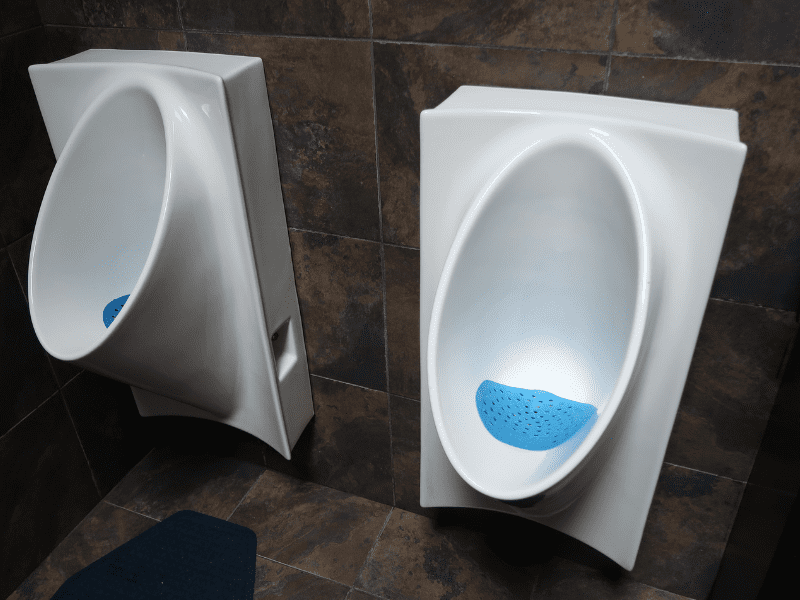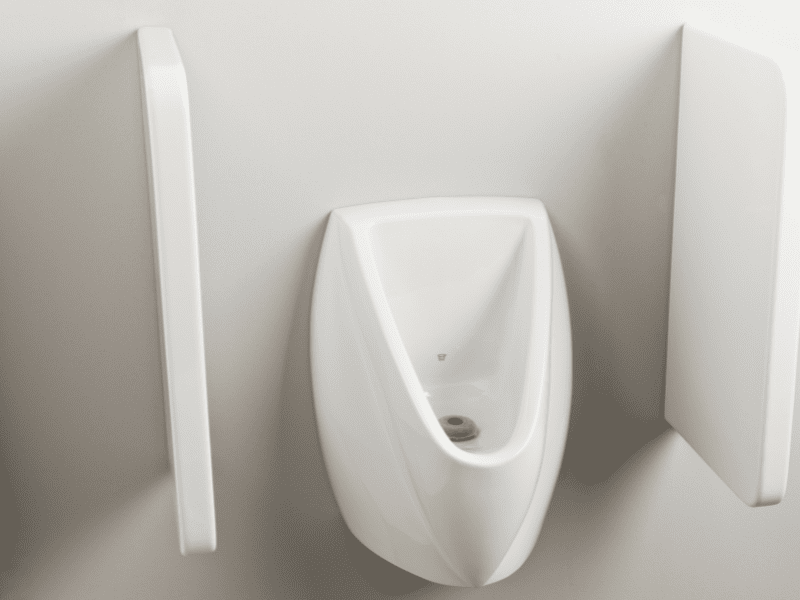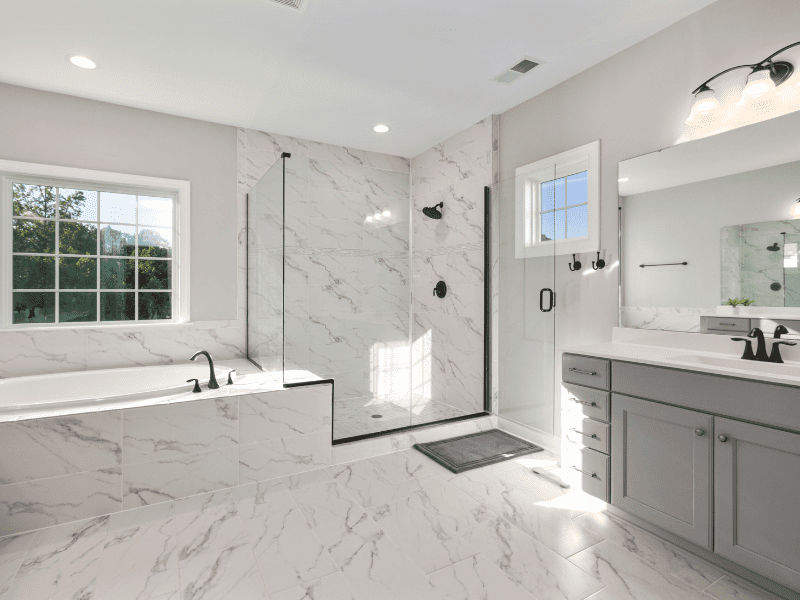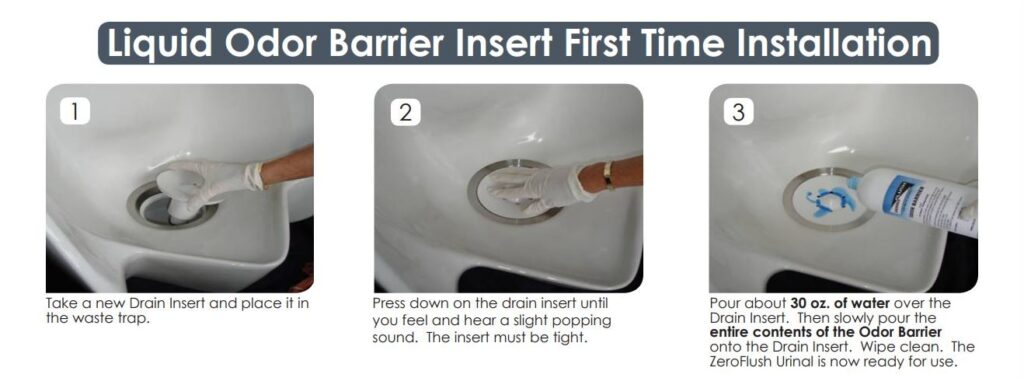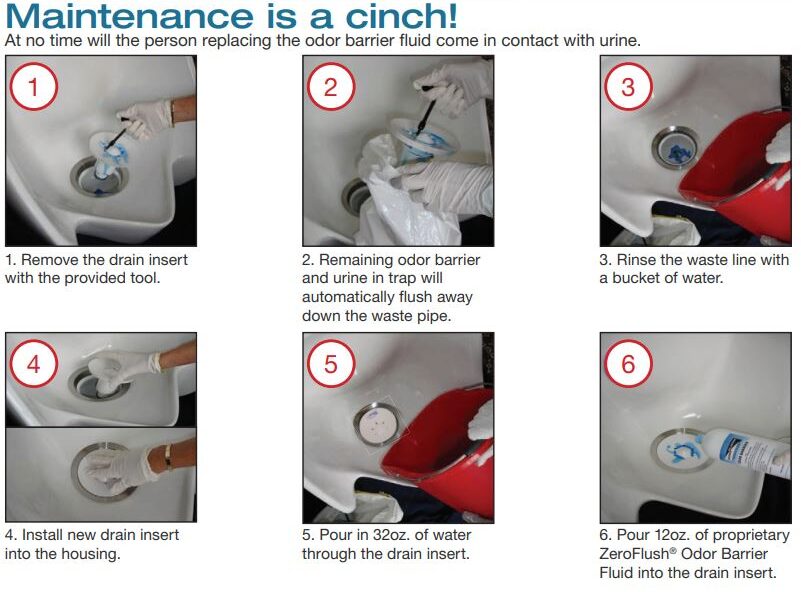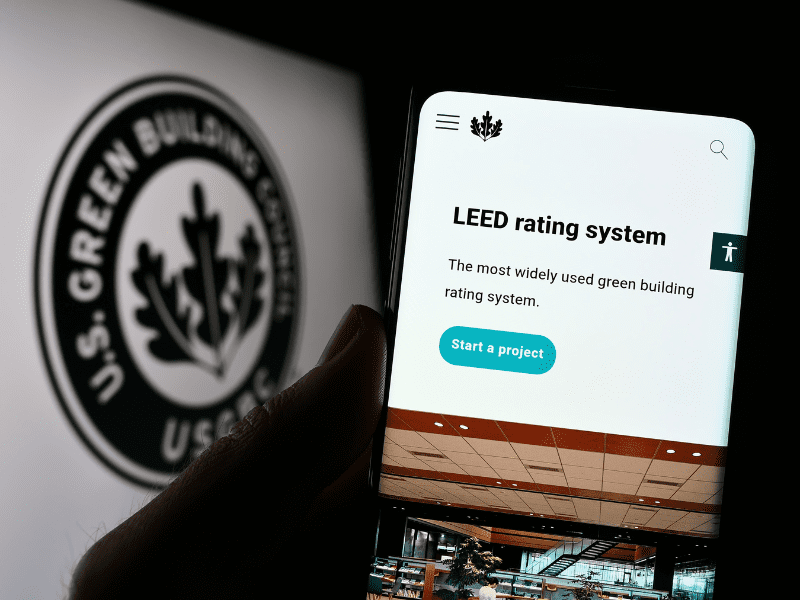
If you’re looking to receive LEED certification for your building or facilities, you may be wondering which changes make the biggest impact. One of the easiest ways to start earning points toward your certification is by installing waterless urinals. Also known as no-flush urinals, they increase water efficiency, reduce your carbon footprint, and demonstrate sustainability. All of which are needed for your LEED certification.
What is LEED Certification?
LEED stands for Leadership in Energy and Environmental Design. LEED certification is a part of the U.S. Green Building Council, and it’s the most used building certification system in the world. Over 90,000 facilities have been designated LEED-certified.
The council provides a framework of goals for business owners and facilities managers to meet before LEED certification is granted. Business owners must demonstrate a reduction in water and energy use, as well as greenhouse gas emissions. They must also provide a healthy indoor environment for employees and guests. A point system is utilized to grant a business one of four levels of LEED rating: Certified, Silver, Gold, or Platinum.
How Waterless Urinals Support LEED Certification
Water Efficiency (WE)
To receive points for Water Efficiency, you must demonstrate a reduction in water usage of 11 percent or more. Fortunately, making the switch to waterless urinals can help to reduce water usage by much more than that. That’s because a standard urinal in an average public restroom could use up to 26,000 gallons of water per year, according to the EPA. Because waterless urinals are not tied to the main water line and use zero water per use, water usage for most businesses and facilities can be drastically diminished.
Indoor Environmental Quality (IEQ)
When seeking LEED certification, you will need to demonstrate improved air quality and hygiene. While traditional urinals may have been universally accepted for years, they are lacking in both of those areas. Whether it’s dried urine on the side of the bowl or germ transfer when touching the flushing mechanism, they aren’t the most hygienic choice, and when the urinal is flushed, tiny particles of waste and bacteria can make their way into the air. The design of the waterless urinal keeps urine from drying in the bowl, and the cartridge and seal attached to the top of the drainpipe keep foul odors and bacteria from making their way into the air above.
Innovation (IN)
In order to receive credits for Innovation, you must demonstrate that your buildings or facilities utilize advanced sustainability practices. Because waterless urinals only use a small amount of water for cleaning, they help to promote sustainability and reduce overall carbon footprint.
Environmental Benefits of Waterless Urinals
The main goal of the U.S. Green Building Council’s implementation of the LEED certification program is to reduce the environmental impacts of both existing and new construction buildings and facilities. For many businesses, it can be challenging to increase water efficiency in other areas, but choosing waterless, no-flush urinals is an easy switch with a huge environmental impact. By saving up to 26,000 gallons of water per urinal every year, you’ll reduce your carbon footprint as well.
Financial and Maintenance Benefits of Waterless Urinals
In addition to reducing environmental impacts, you’ll also be reducing the impacts on your budget! Your utility bills will be significantly reduced, and you’ll save on cleaning costs as well. All that is needed to keep your no-flush urinals clean is a manufacturer-approved cleaner and soft cloth. You’ll also need to change the cartridge and seal inside your drains periodically to maintain functionality and odor control.
Implementation and Best Practices
Waterless urinals are easy to install in new construction buildings, but they are just as easy to install in existing restrooms. While you’ll need to tie your urinals to the main wastewater line in your buildings, you will not need to connect them to the waterline, making the installation quick and painless.
To maintain your no-flush urinals, simply follow industry guidelines for replacing the cartridge and seal. You’ll also need to avoid harsh chemicals and scrub brushes, which could damage your waterless urinal’s nonporous surface.
Obtaining LEED Certification with Waterless Urinals
The process of registering for LEED certification could seem daunting, but making the simple switch to waterless urinals could be one easy way to start earning points. The biggest benefit of waterless urinals is a significant reduction in water usage. Not only will you earn points for Water Efficiency, but for Indoor Environmental Quality and Innovation as well. With easy installation and maintenance, you could purchase your waterless urinals today and start earning points toward your LEED certification right away!

